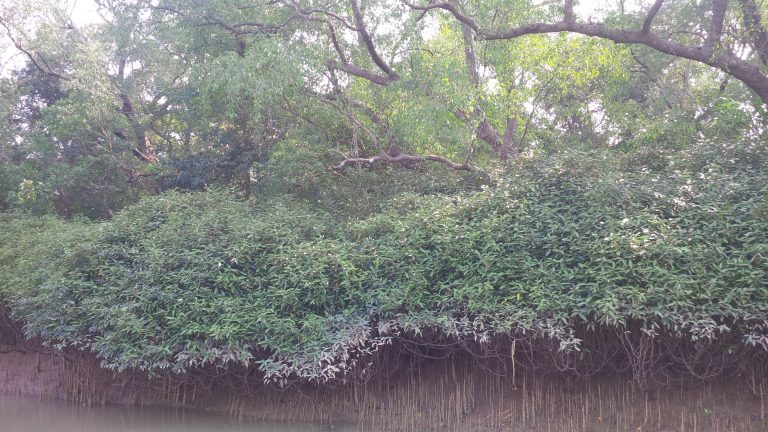Kendrapara: Increased industrial pollution and human interference have posed serious threat to the biodiversity of Bhitarkanika National Park in this district.
This has threatened the survival of marine creatures and other wildlife in the sanctuary pushing them towards extinction. This has happened due to a host of reasons like pressure on freshwater supply, industrial pollution as well as climate change.
The growing load of pollution from industries, mining and uncontrolled human activities have stifled the mangrove ecosystem which is critical to sustain wildlife and important to the identity of the state.
Around 86.26 million cubic metre of water is being lifted for industrial and mining activities from Brahmani river every year. This has choked the supply of freshwater to the sanctuary. The Brahmani river flows from Angul district to Bhitarkanika. As a result, the industrial effluent discharged into Brahmani river in Angul then flows into the sanctuary, a report by the Centre said.
Lecturers Devi Prasad Sahu, Sarat Kumar Sahu and Khitish Kumar Singh conducting research on the biodiversity of Bhitarkanika and its integrated management said that the environmental condition of Bhitarkanika is quite alarming.
The toxic and polluted water flowing to this wetland everyday has posed serious threat to the marine creatures and other wildlife in Bhitarkanika. The Union ministry of environment, forest and climate change conducted an assessment of the water in the river basin of Brahmani and Baitarani in between 2008 to 2018 to study its impact on Bhitarkanika. The study was conducted on the water that flows into Bhitarkanika from these two rivers and the drawing of water by iron, aluminum, cement, ferrochrome, fertilizer plants dependent on these two rivers. Moreover, the effluents discharged by these plants were also taken up for assessment during the study.
The study stated that the Brahmani river is getting increasingly polluted due to the industrial plants. The report stated that water samples collected from Bhitarkanika is 10 times more toxic than the same collected in Angul.
The water of Brahmani, Baitarani and Mahanadi holds importance in protecting the biodiversity of Bhitarkanika. However, the Brahmani supplies more water to Bhitarkanika than these two other rivers.
The number of industrial plants along the Brahmani river is increasing with the rise in population. Water is essential to contain the fly-ash emerging from the industrial plants, for which 86.26 MCM of water is drawn by these plants every year from river Brahmani.
Around 15,800 kilolitre of water is drawn from Brahmani river for as many as 10 mines situated beside the Brahmani river basin. Moreover, use of the river water by mega irrigation projects and by people for various purposes is also affecting the water flow into the sanctuary.
The toxic effluent discharged by the plants is polluting the river while, on the other hand, excessive human and industrial water usage is drying up the river and hindering the water flow to the sanctuary.
The authorities though aware are yet to take up any measure to rid the river of its toxic effluents. The industrial pollution from nearby Paradip and Dhamra ports is also threatening the sanctuary for which observers have demanded sincere and urgent steps to save the sanctuary.
